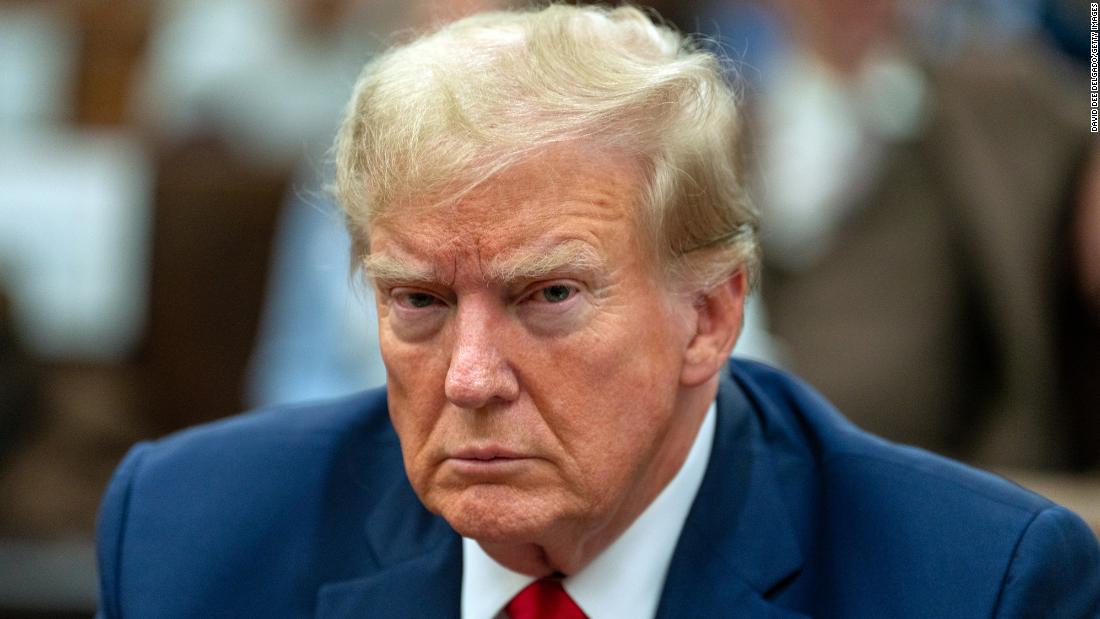Your "real world" numbers have no information except for the number of people dead in a time period. But is this enough?
Let's test out your logic by comparing the periods January - March (Q1) 2020 and April - June (Q2) 2020. In Q1 ~10,000 people died in the USA. In Q2 ~120,000 died. By your logic, this is proof that in just one quarter, contracting covid became twelve times more likely to kill a person than the previous quarter. ...Or do you think there's maybe at least one really important piece of information that might be missing?
Right, but you're using a figure of 7-8 months to claim vaccine effectiveness drops to 83%. So with six-monthly boosters, it's never getting that low (except in a few that refuse a booster). Plus, the hypothetical situation we are using here also means that people are getting infected at least semi-regularly, so they are getting a "booster" of natural infection even more frequently. So, 90% is a reasonable figure.
Next, you're still running face first into the point I made in #6,527. The figure of "83%" includes and therefore is weighted with any lower protection in the clinically vulnerable. It's not 83% in the non-vulnerable and less in the vulnerable, it's 83% as a composite of the vulnerable and non-vulnerable. So arguing it is less than 83% in the vulnerable is entirely meaningless for the stats, because the vaccine saves 83% of people from dying of covid at 7-8 months post-vaccine and is the only number that matters. (Are you really sure you know maths? Because you seem not to.)





